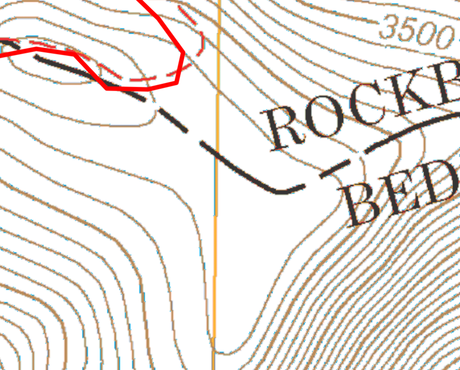So you’ve found the perfect trail. Great!
You start to plan how you’re getting to the trailhead and the distances you’re going to hike on each day.
You list out the gear that you’re going to need for the hike and (more importantly) what you’re going to eat! Excitement builds as you and your crew count down the days until you hit the trail.
But something is missing….
Where are we going to camp? Where can we camp? Are we allowed to camp there? Does it cost money to camp there?
In this article, we’ll explore the rules of camping on hiking trails in the US. Where you can and cannot camp and some tips on staying safe while camping on your hike.
Know the Rules
First and foremost, it’s important to be aware that camping rules vary widely from trail to trail and park to park. Some national parks, like Yosemite or the Great Smoky Mountains, require backcountry permits for overnight camping, while others may have designated campsites that you need to book in advance.
Getting a permit is easy, simply visit NPG.GOV to find all the info and pricing for camping permits.
Wilderness areas and national forests often have fewer restrictions, but it’s still crucial to check the regulations of the specific area you’re planning to visit.
Hiking Couple and their dog on the PCTIf you are taking on a longer National Scenic trail, its extremely important that you check that you have the correct permit for that trail. Trails like the Pacific Crest trail require a permit to hike it and are distributed under a lottery system each year. For more info, check the PCTA website or NPS to find out about other National Scenic Trails .
Always practice Leave No Trace Principles. These basic guidelines help ensure you and others have a safe and enjoyable time in the outdoors while minimising your impact.
Choosing Your Campsite
When setting up camp, you’ll want to find a site that’s at least 200 feet from lakes and streams to protect water sources. Aim for flat ground, ideally with some natural shelter like trees or rocks to protect against wind and rain.

You should also find a site that is at least 200 feet from the trail itself. Using the map on HiiKER to plan where you are going to camp ahead of you arriving is always a wise idea. This way, you don’t have to get the measuring tape out when you find a potential site! (We just saved you some weight for your pack).
Try to have a couple of options. If you’re wild camping, it’s so hard to predict what the spot is going to be like. So have a couple in mind, just in case.
Gear Essentials
A good camping trip starts with the right gear. The exact list will vary depending on factors like the season, the difficulty of your hike, and the remoteness of your trail, but here are some essentials:
- Tent: Opt for something lightweight but durable. Check the weather forecast before you head out and ensure your tent can stand up to the expected conditions.
- Sleeping bag and pad: Choose a sleeping bag suitable for the lowest temperature you expect to encounter. A sleeping pad will provide some extra warmth and comfort.
- Cooking equipment: A lightweight stove, fuel, and cooking utensils are necessary for preparing meals.
- Food and water: Pack high-energy, easy-to-prepare meals. Also, remember to bring enough water and a method to purify water from natural sources.
- Navigation tools: Download your trail map on HiiKER. This will ensure you can access your location and the map even without mobile signal. You can also print out the map of the trail as a back up and make notes on the paper for campsites and other checkpoints. Even if you’re on a well-marked trail, you’ll want these in case of an emergency or unexpected detour.
- First aid kit: Pack a basic kit with bandages, antiseptic wipes, tweezers, and any personal medication.
Safety Considerations
Hiking and camping in the wild have their share of risks. Always keep an eye on the weather forecast, and be prepared for sudden changes. Don’t be afraid to turn back if the weather is too bad. Remember, event the most durable tent, is still just a tent.
Be aware of any potentially dangerous wildlife in the area, and learn how to store food correctly to avoid attracting them to your campsite. Store food in a bear can and do not store it in your tent. When it comes to bears and other wildlife, remember that they are more scared of you than you are of them!
Also be aware of smaller creatures that can easily chew through the most robust backpack to get to the sweet treats inside!
Wild Bear roaming near a trailMost importantly, always let someone know your hiking and camping plans, including the trail you’ll be on, where you plan to camp, and when you plan to return. You can share your route with them on HiiKER and you can even share your live location with them (you’ll want to use this sparingly as it can drain battery).
Remember, before you set off on your journey, download the HiiKER app to access your trail map offline for free. Upgrading to HiiKER PRO+ will gain you access to the best topographical maps and other great navigational features.

